
Overclocking and EFI
Gigabyte's boards are usually in a solid third place when it comes to their EFIs and the Z170MX-Gaming 5 is no exception. There's nothing inherently wrong, but MSI and Asus are often clearer, more modern and easier to use. The Z170MX-Gaming 5's CPU, memory and voltage options are all split over three different pages, which isn't ideal, but if you're just aiming for a solid overclock and won't be trying to break any benchmarks, then as a 'set and forget' experience it won't pose too many issues.Ramping the vcore up to 1.4V saw perfect stability at 4.7GHz, but 4.8GHz required some fiddling. The board failed to boot after a couple of overzealous overclocks and switching from fixed to adaptive voltages didn't seem to improve things either. Eventually we found a fixed vcore of 1.43V was enough to nail 4.8GHz - this is more than many other boards we've tested, but it ran through all out benchmarks without getting the CPU too hot under the collar.
Something we should add here is that at stock speed, the Z170MX-Gaming 5 only boosted to 4GHz, compared to the maximum 4.2GHz for most of the other Z170 boards we've tested. The result of this was a comparatively low score in some of our benchmarks so if you won't be overclocking, it's worth tweaking the target CPU frequency to boost it by 200MHz. Applying the XMP profile applied the right memory settings though, which is the only thing we change for stock speed runs.
Click to enlarge
Click to enlarge
Click to enlarge
Click to enlarge
Click to enlarge
Click to enlarge
Click to enlarge
Click to enlarge
Click to enlarge
Click to enlarge

MSI MPG Velox 100R Chassis Review
October 14 2021 | 15:04

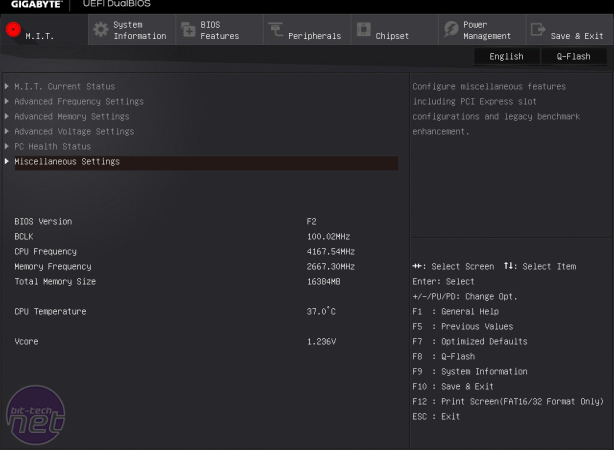
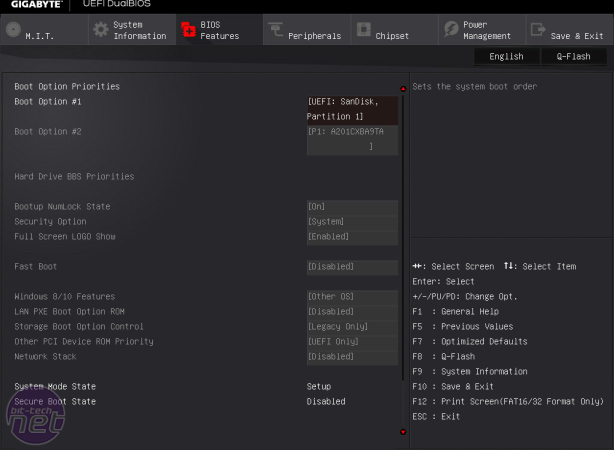
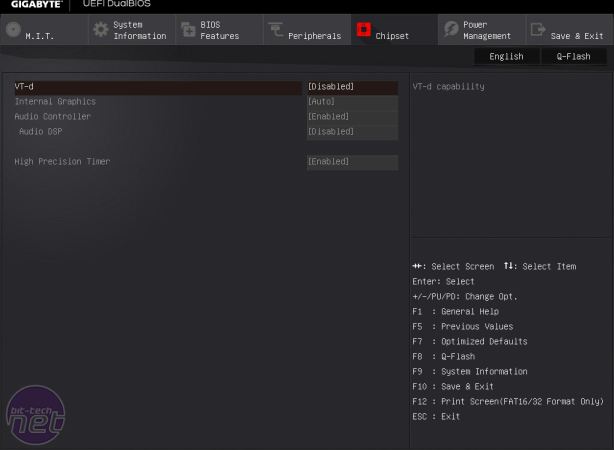
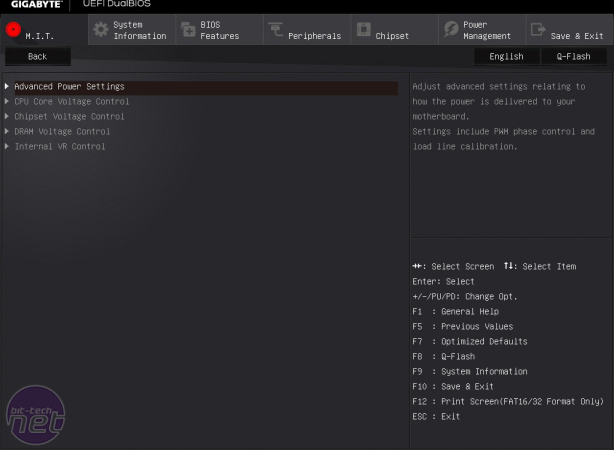
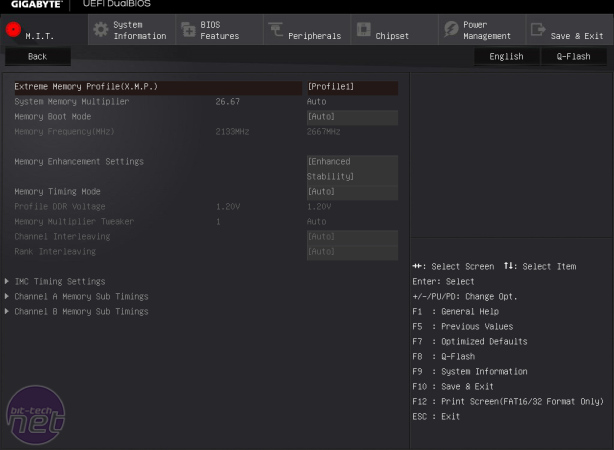
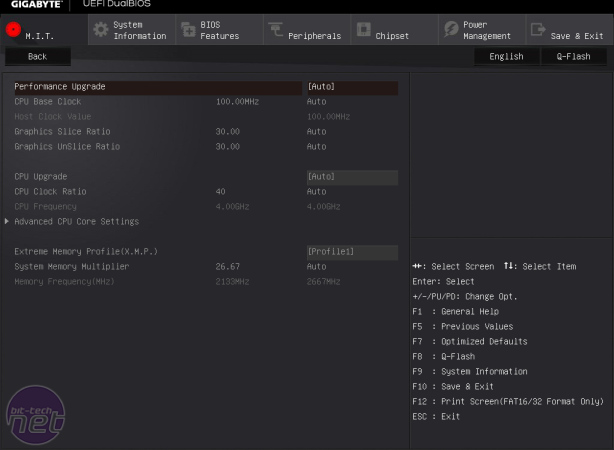
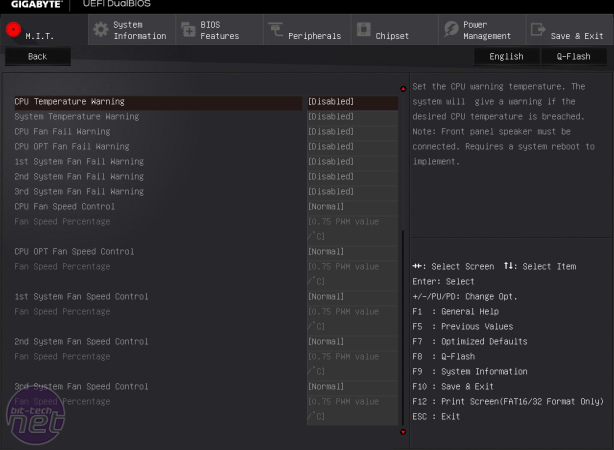
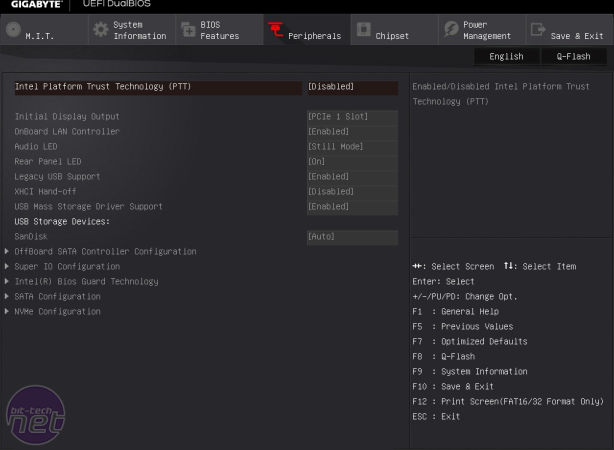
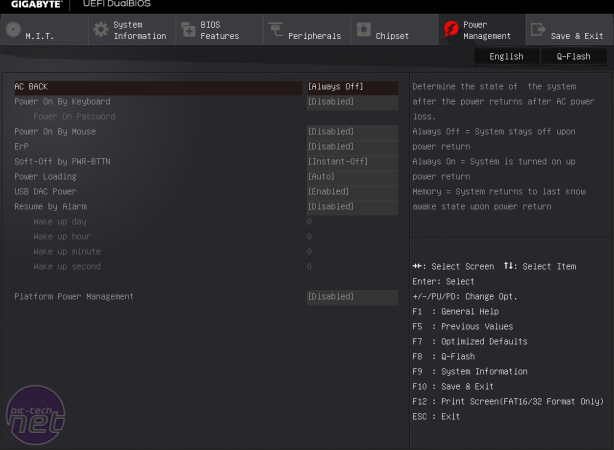
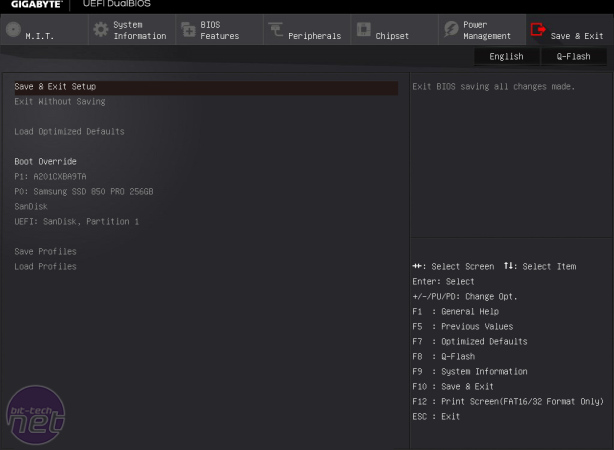







Want to comment? Please log in.